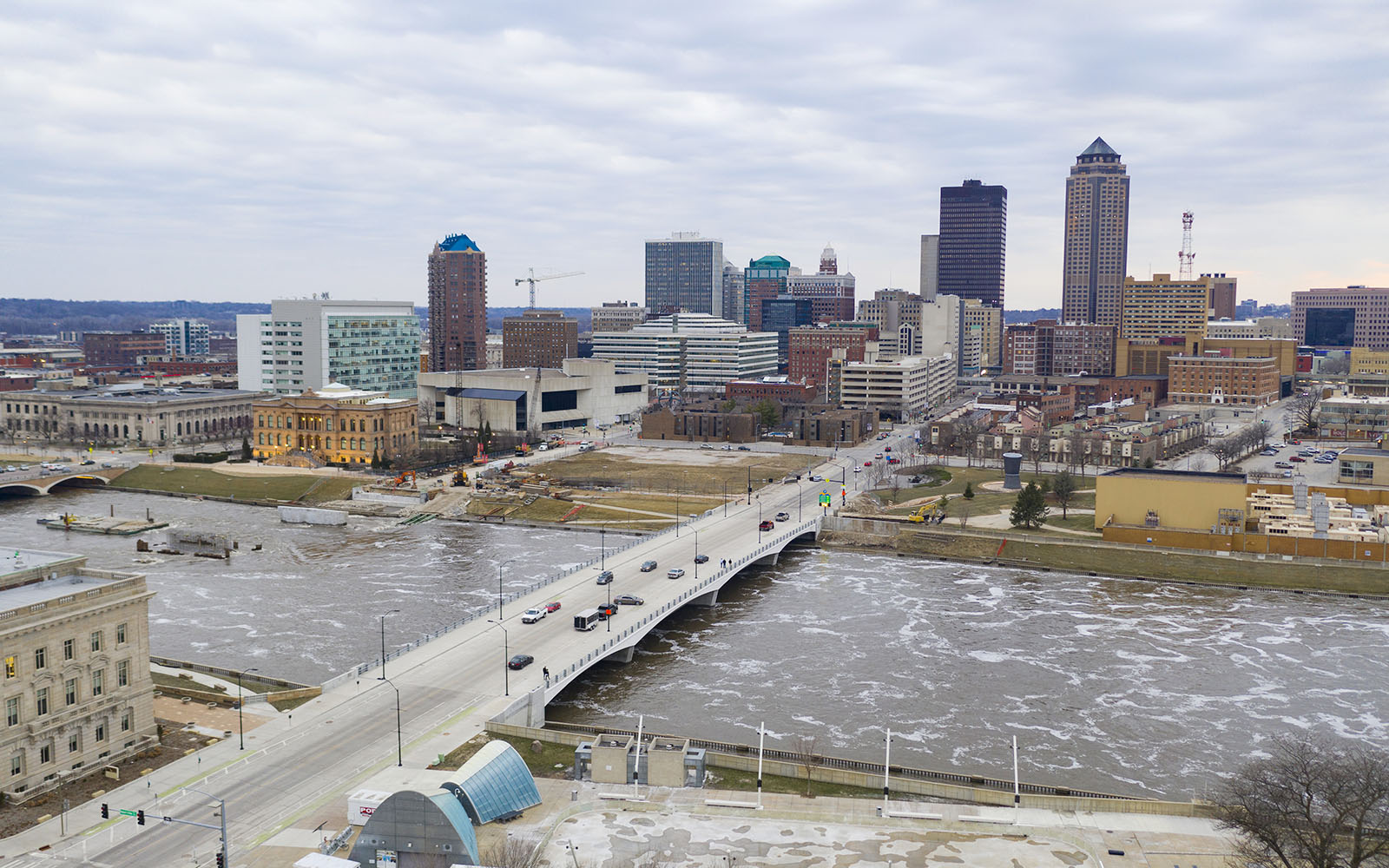Increasing Community Resilience

Project Brief
The Challenge
With natural disasters and severe weather worsening, communities across the country are evaluating how to best protect themselves in a crisis. Some communities face conditions—such as transportation and infrastructure that are less resilient to environmental crises—that make them especially vulnerable.
As part of its Community Resilience Program, the National Institute of Standards and Technology needed help compiling data and assessing whether improved buildings and infrastructure systems (e.g., power, water, transportation) could increase community resilience across the United States.
ERG's Solution
ERG compiled over 100 datasets from multiple federal agencies that looked at community and population development over time. The data provided input on socioeconomic and environmental measures that helped assess community resilience, vulnerability, and well-being. NIST will use ERG’s database to create a quantitative map for communities to evaluate potential vulnerabilities in recovering from environmental crises, with the goal of assisting at-risk communities in responding to the increasing effects of changing global weather conditions.
Client
National Institute of Standards and Technology